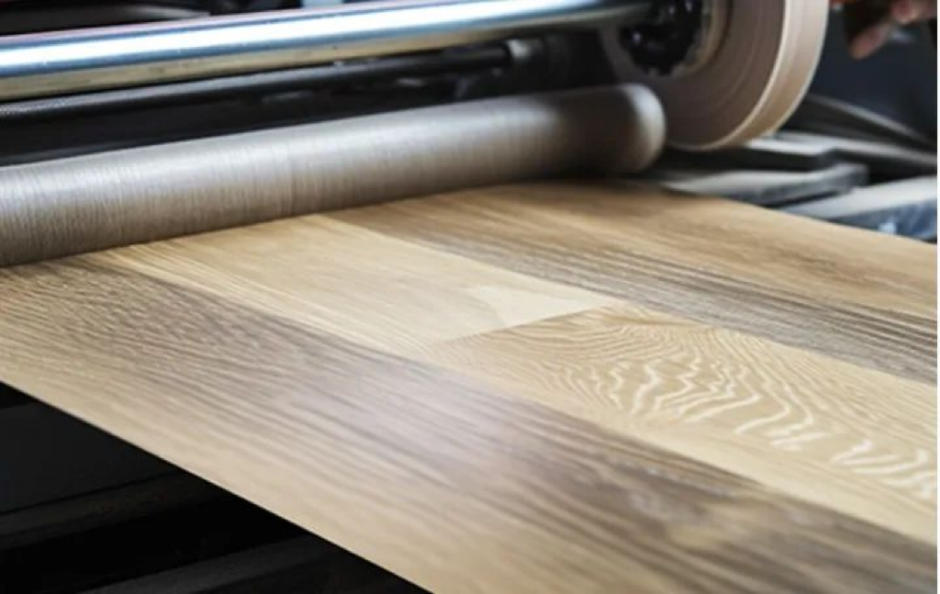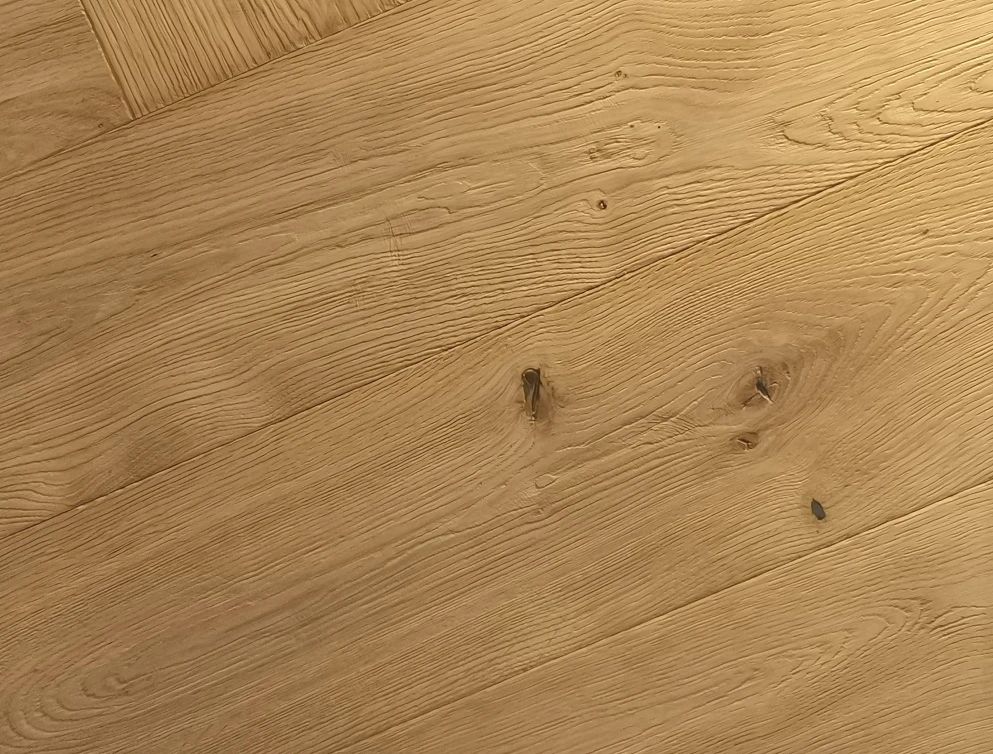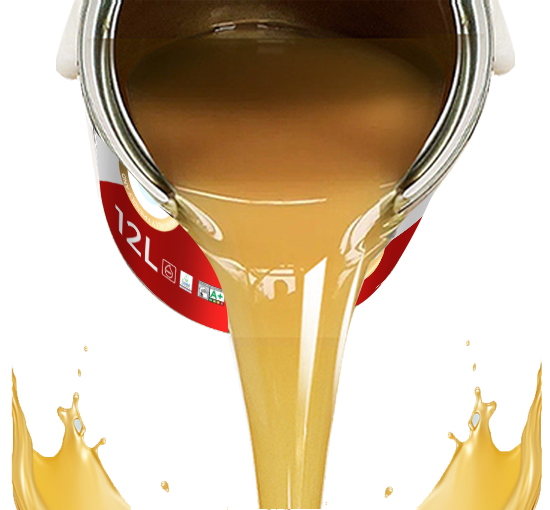 Himonia Floor Coating
Himonia Floor Coating
 Current Location:Home > Himonia Product...
Current Location:Home > Himonia Product...
Himonia Products | Health and safety are our constant themes
February 4th every year is World Anti-Cancer Day, initiated by the Union International Against Cancer (UICC) in 2000. It aims to advocate new methods to promote cooperation among various organizations and accelerate progress in the fields of cancer research, prevention and treatment. , for the benefit of mankind.
Paint comes into close contact with everyone in production and daily life, and its safety is related to everyone's health. Among wood coating products, water-based wood coatings are the safest and most environmentally friendly category. Compared with traditional oil-based wood coatings, they are particularly outstanding in terms of safety indicators such as "toxicity" and "flammability".
However, as an industrial material with many products and wide applications, it is difficult for water-based wood coatings to be absolutely "safe". The following unsafe factors in the production process of water-based wood coatings deserve your attention!
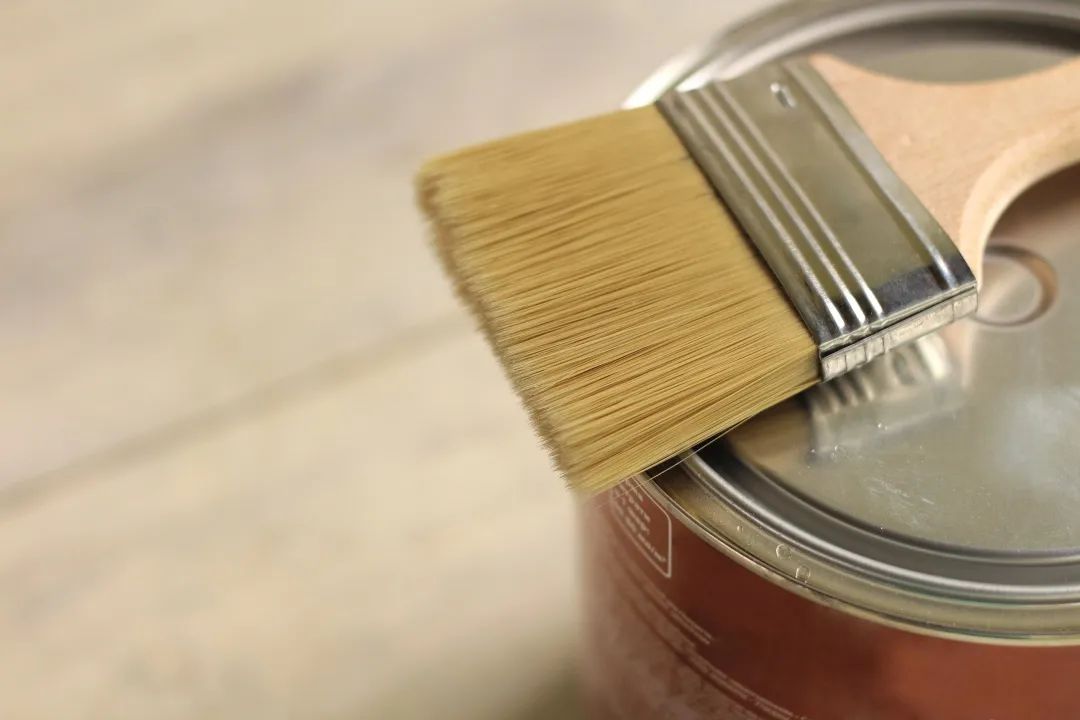
1 Film-forming additives and co-solvents

The main film-forming materials of water-based wood coatings are water-based polyurethane dispersions, water-based acrylic emulsions, etc., which require certain film-forming additives to assist film formation. Film-forming additives are generally alcohol ether (ester) solvents, such as propylene glycol ethers and ethylene glycol ethers. At the same time, in order to prevent freezing or adjust the drying time of the coating film, some alcohol solvents are also used, such as ethylene glycol, propylene glycol, ethanol, etc.
Among them, ethylene glycol and its ethers (esters) have certain toxicity, especially ethylene glycol monobutyl ether (BCS), which is often used in the construction of oil-based coatings as "anti-white water" and has great reproductive toxicity. .
In water-based wood coatings, glycol ether (ester) solvents have extremely strict limits (≤100mg/kg). However, because ethylene glycol ether solvents are easy to use and cheaper than propylene glycol ether solvents, some do not meet the HJ2537-2014 "Technical Requirements for Environmental Labeling Products" Water-based coatings" or GB 24410-2009 "Interior decoration materials Water-based wood coatings that meet the "Limits of Hazardous Substances in Water-based Wood Coatings" standard may still contain more of this type of solvent. Therefore, you should still pay attention to protection when using it and avoid direct contact or inhalation.
2 Antiseptic and antifungal agents
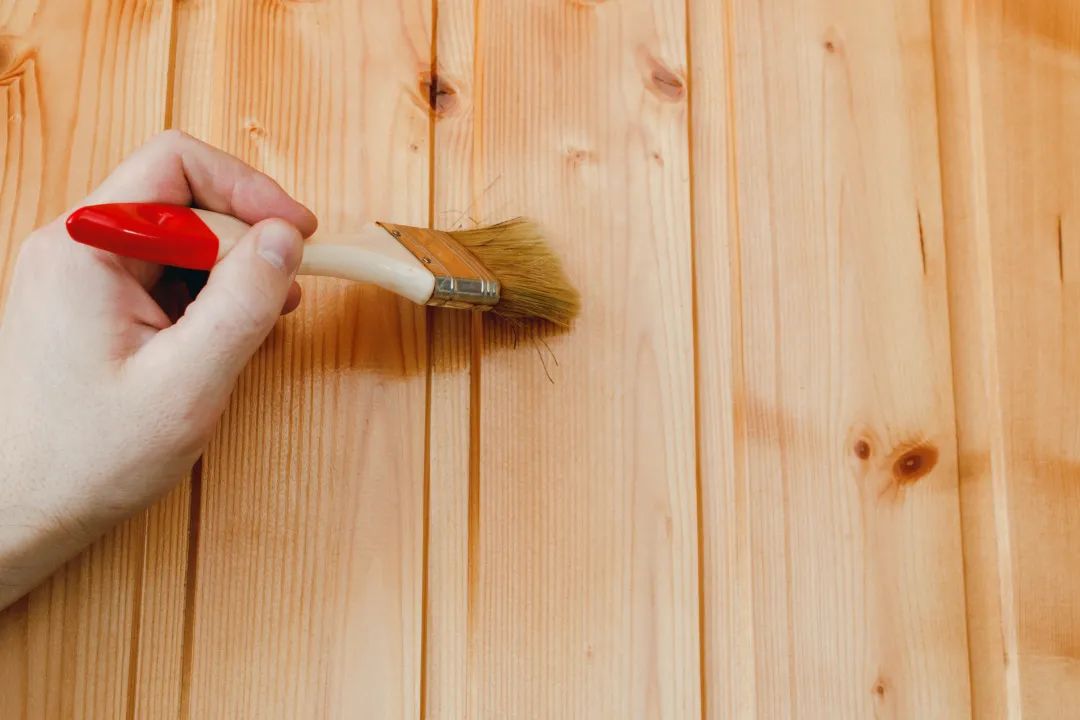
The film-forming substances of water-based wood coatings are organic substances, and the coating object is wood. Therefore, water-based wood coatings and coatings require certain anti-corrosion or anti-mildew functions. Commonly used antiseptic and antifungal agents include formalin, isothiazolinones, phenols, chlorophenols, organic copper, etc. Among them, formalin is a formaldehyde solution, which is carcinogenic.
Formalin or formaldehyde solution in coating has been strictly limited (≤100mg/kg) and is now basically used. Other types also have varying degrees of toxicity or irritation. Pay attention to protection during production and feeding to avoid skin contact.
3 heavy metal salts
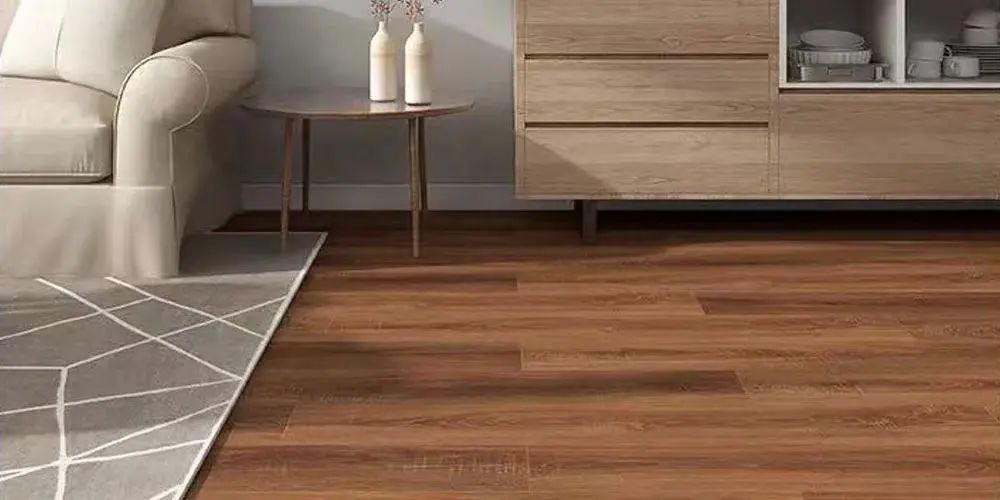
Heavy metal salts in water-based coatings are generally found in water-based color pastes and color concentrates, especially color concentrates, which are generally metal complexes and are more likely to contain heavy metals.
Even if there are such heavy metals in qualified products, they are generally very low. As long as there is no long-term skin contact or inhalation (children's furniture or toys), they will not cause harm to the human body.
4 Other auxiliary materials
PH value adjuster: ammonia, sodium hydroxide solution, etc.
Ammonia and sodium hydroxide solutions are often used in water-based coatings to adjust the pH or compatibility of the system. However, ammonia and sodium hydroxide solutions are skin irritating or corrosive. Pay attention to protection during production and use to avoid skin contact or inhalation.
Cross-linking agent, curing agent
Water-based wood coatings use water as a diluent, and their physical and chemical properties are worse than traditional oil-based coatings. Therefore, in order to improve the physical and chemical properties of water-based wood coatings, water-based wood coatings often use some cross-linking agents or curing agents to enhance coating properties. These Cross-linking agents or curing agents also have a certain odor or toxicity, and care must be taken during production and use to avoid skin contact or inhalation.
"Everyone cares about quality and everyone pays attention to quality"
The production principles adhered to by Himonia people
Always insist on starting with quality, health, safety and details
Standardization and refinement in every aspect
Become a person of "quality" in an all-round way and win with "quality"
Pictures from Internet intrusion and deletion


